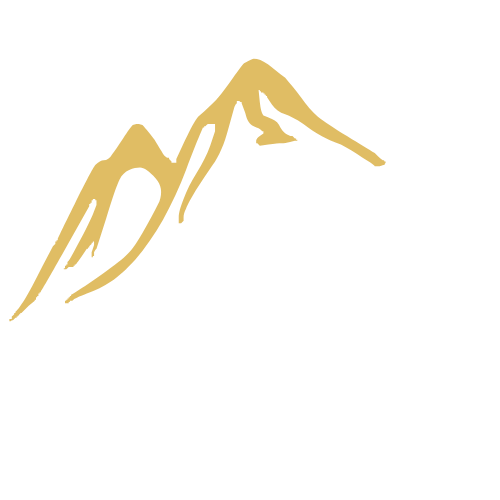Our Flexible Pricing Options
Flexible Plans Tailored to Your Business Needs
Growth Plan
For Scaling Businesses & Entrepreneurs
$97 Activation Fee +
$297/month
Grow your business faster with smart tools that get you more leads, follow up automatically, and turn visitors into paying customers.
5-Page Website
Everything in Starter +
Google Reviews Automation
Calendar Booking System
Priority Support
On-Page SEO Optimization
Lead Capture Form & Chat Widget
Mobile-Friendly Website Design
Mobile App Management
SMS & Email Automations
3 Website Changes Per Month
Elite Plan
For High-Performing Brands & Enterprises
$97 Activation Fee +
$697/month
Get a fully automated, customized website that helps your business grow faster and handles everything for you.
10+ Page Website
Everything in Growth +
Ongoing SEO Optimization
Ai Chatbot and Voice Bot
Bi-Monthly Marketing Consulatation Calls
5 Website Change Per Month
ready to
begin?
ready to begin?
Why wait to grow your business? Now is the perfect time to get a smart website that works 24/7, capturing leads and bringing in new customers every single day. Let your site work as hard as you do — and turn visitors into paying clients right here in Lebanon, TN.

Join the Smart Website Revolution Today!





